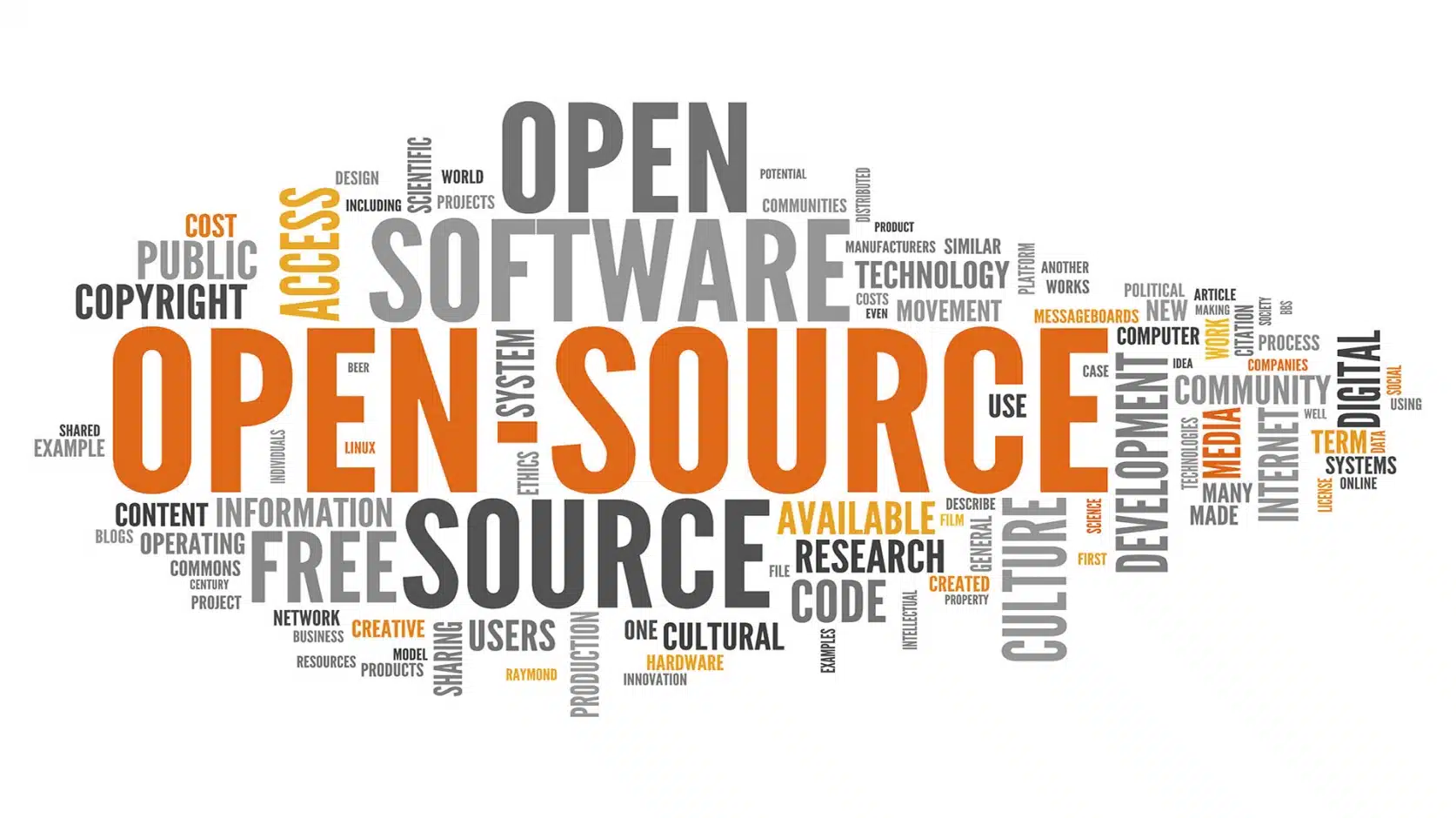
Recent economic recessions and the pandemic have stressed outdated unemployment insurance systems to their breaking point. As a result, we have been held hostage by Unemployment Insurance (UI) systems that have been unfriendly to claimants, unable to respond to changing programs, and overwhelmed by demand.
How can we fix it? One of the largest contributing factors is thankfully addressable: state government software procurement. In order to address the rising needs and fix the unemployment system, the state’s government procurement offices need to be streamlined and properly managed to invoke innovation, competition, and lower costs.
The Challenge of Buying Unemployment Insurance Software for the Government
Many painful symptoms of the unemployment insurance system (expensive systems, long wait times, fraud, website crashes) can be attributed to lack of technology vendor competition generated by strict state procurement requirements. For most commodities, buying a new product is a simple comparison of costs and characteristics; government IT procurements are far more complex.
The federal government gives a total of $2.5 billion annually to states for administering their UI programs, and periodically gives supplemental funds specifically for states to upgrade UI software. States use both the administrative funding and any supplemental funding to purchase and maintain their UI software infrastructure.
Despite funding infusions, many states keep operating their old 1980s-era mainframes – not because they love mainframes, but because to buy almost anything, state agencies must traverse their state procurement process. It has become so expensive, time consuming, and risky to engage in a software procurement that states would rather hold on to antiquated systems than go through the process to replace them. Even for ambitious states, a modernization procurement is an every-other-decade type of event.
Procurement Requirements – Untenable for Technology Acquisition?
State procurement relies on goods and services being well-defined commodities that are easily compared on common characteristics and price. For instance, if a state wants to buy tires for police cruisers, they can indicate a precise, well-understood specification of “275/60VR17 M+S” that multiple vendors could quickly meet. Typically, the company that supplies these exact tires at the lowest price will win the contract. This process may work well for tires, but not so much for information systems.
When states want to modernize their software, this mandated procurement process requires a single vendor to supply the entire, complex system. It also requires the state to create a list of desired features to evaluate different products – for UI procurements, this list of features can be several thousand entries. The state must come up with precise definitions and ways to compare products on each feature. States often spend years writing procurement requirements and evaluating the vendors against criteria the state may not fully understand.
State procurements are typically “all-or-nothing.” UI systems consist of many intricate parts; the parts are separate but need to talk to each other and function holistically. These all-or-nothing procurements require vendors to be experts at delivering all the pieces and discourage vendors from participating unless they can deliver a complete system. There are only in the nation that can deliver an entire system.
Rethinking the System of Government Technology Procurement
Given all this complexity, the solution might actually be straightforward: Federal government procurement with defined, recurring state spending allocations. A streamlined procurement process would deliver greater competition and more innovation, leading to more frequent upgrades, modern technology, lower cost, and more choices. Procurement is one structural problem that can only be solved at the federal level.
In April 2021, Senators Wyden and Bennet introduced a UI modernization bill that includes developing centralized infrastructure – an “open, modular platform.” Running on a shared platform with modular software design, states could choose from different modules provided by different vendors. This removes the all-or-nothing aspect of procuring a UI system. By developing this open, modular platform, the federal government can encourage a vendor ecosystem based on modules rather than based on a bloated, singular “UI system.” Technology vendors would have more competition, incentivizing them to create higher-quality modules at faster rates.
This would be a great start – but it must go further. The federal government also needs to give each state a UI spending allowance to purchase any of the approved modules on the federal platform – without having to go through a separate, onerous state procurement process for each. By identifying approved modules and providing a state UI module spending allowance rather than direct cash, the federal government could save state governments years of wasted time and millions in wasted taxpayer dollars.
Were the federal government to lead change in this area and better achieve its mission of ensuring that UI programs work correctly at the state level, the benefits of lower administrative costs and improved user experience would ensure that claimants reliably receive their unemployment benefits accurately and on time.





